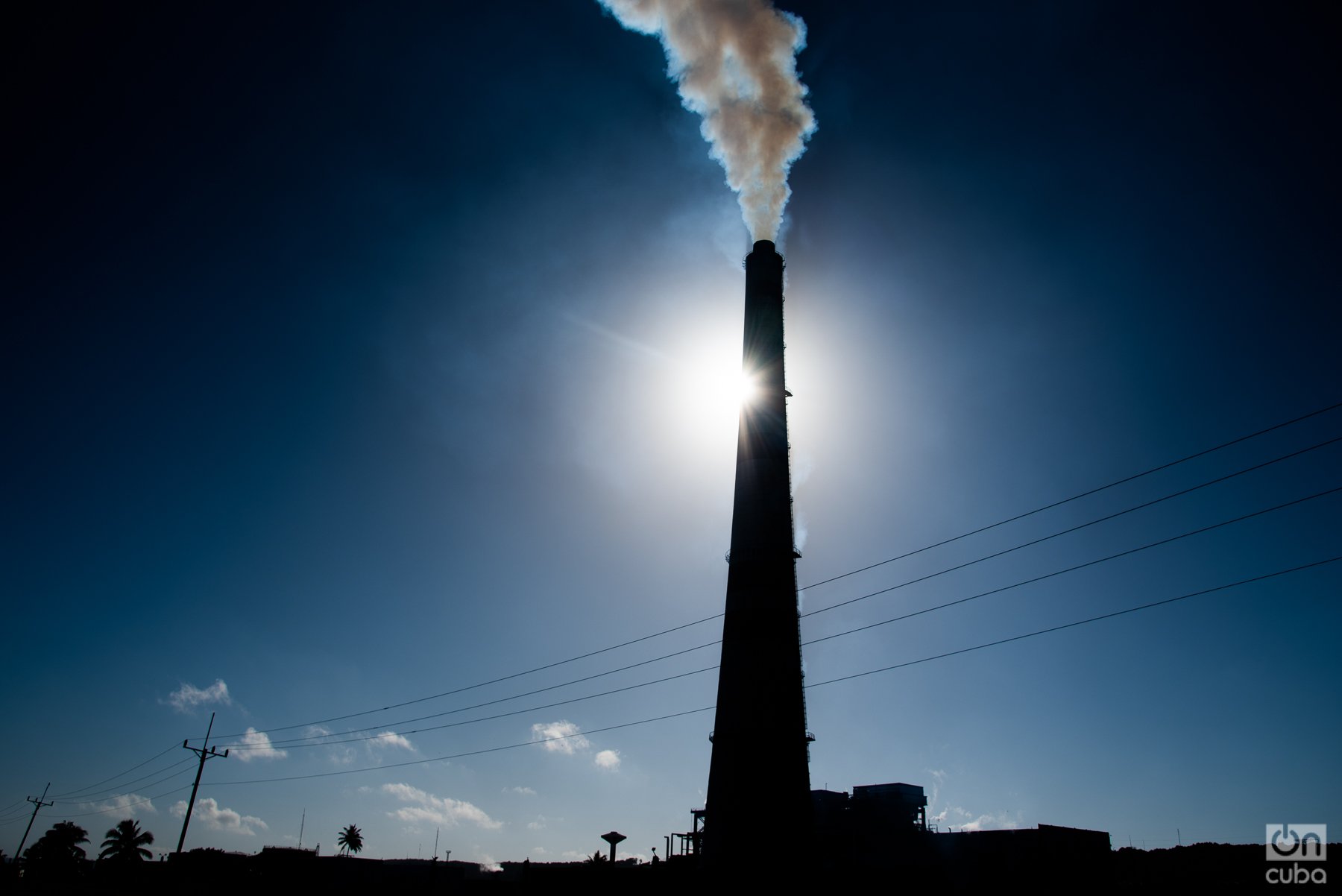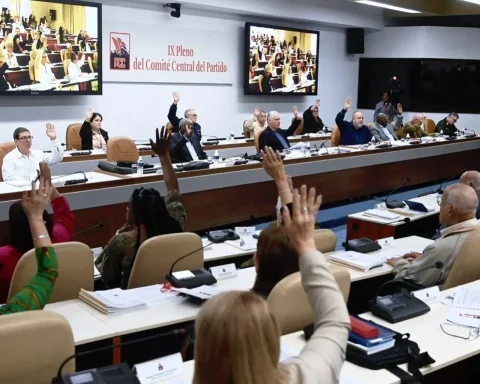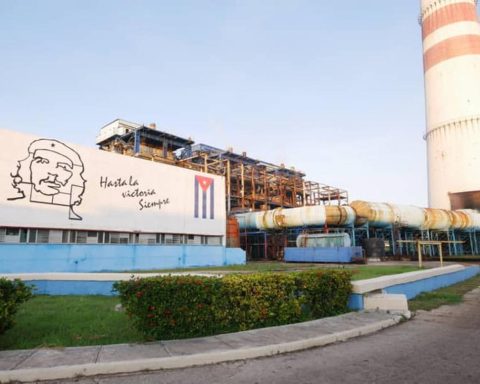Without strong environmental policies, greenhouse gas emissions will continue to rise beyond 2025, potentially leading to a global warming of up to 3.2 degrees by the year 2100, despite the fact that the objective is not to exceed 1.5, according to a new UN report.
Global net emissions must drop 43% in 2030, compared to 2019, and 84% in 2050 in order to meet the 1.5 degree target; and even if this is achieved, it is likely that the temperature will exceed that limit temporarily and then begin to drop, indicates the report of the Intergovernmental Panel on Climate Change (IPCC).
Cuba’s climate will be hotter and drier as the 21st century progresses
The document, cited by the agency Ephunderlines that even if countries meet the emission reduction commitments expressed at the recent Glasgow Climate Change Conference, in November 2021, the global temperature rise would be 2.8 degrees by the end of the century compared to pre-industrial levels (1850).
It is estimated that countries can achieve carbon neutrality (zero net emissions) by the middle of this century, which would mean reducing current emissions by 50%. Most of the scenarios considered underline that the goal of limiting global warming to 1.5 degrees will not be achieved before the second half of the century.
Emissions of carbon dioxide (CO2) and other greenhouse gases amounted to 59 gigatons in 2019, a figure 12% higher than that of 2010, although the rate of increase has slowed compared to the 2000-2009 period, highlights the report cited by this source. Average annual emissions in the decade 2010-2019 were higher than in any previous decade.
Between 2010 and 2019 the world emitted almost a sixth (17%) of the emissions accumulated in the industrial period (since 1850) and, according to the IPCC, it can only afford to emit around 20% more to achieve the target of not exceed 1.5 degrees of global warming in this century.
According to the authors of the document, whose completion was delayed nine months as a result of the pandemic, the health crisis allowed a momentary reduction of around 5.8% year-on-year in emissions in the first half of 2020, but the strong rebound at the end of the year nullified its positive effects. Around 34% of emissions in 2019 correspond to the energy sector, 24% to industry, 22% to the agricultural sector, 15% to transport and 6% to construction.
In the decade studied, emissions from the energy and industrial sectors slowed their growth, but remained constant in transport, underlines the text, according to which urban areas concentrate around 70% of emissions, a rate that goes in increase.
The evidence is clear: the time for action is now. We can halve emissions by 2030.
the #IPCC has just released its latest #ClimateReport on the mitigation of #climatechange.
Press Release ➡️ https://t.co/N9cLJFBbnA
Read the report ➡️ https://t.co/mIdBKgvokW pic.twitter.com/JbvFYy72qf— IPCC (@IPCC_CH) April 4, 2022
By region, East Asia currently concentrates 17% of global emissions, being the leading region in this indicator, followed by North America (12%), Latin America and the Caribbean (10%), Africa and Southeast Asia (9 % each), South Asia and Western Europe (8% each).
However, North America accumulates 23% of the emissions of the industrial era that began in 1850, Europe 16%, East Asia 12% and Latin America 11%, being the largest historical emitters.
If fulfilled, the commitments made at the Glasgow Climate Change Conference would reduce emissions between 4 and 7 gigatons of CO2, a figure still far from the 20 gigatons needed to avoid exceeding the global temperature rise by 1.5 degrees .
With information from Eph.

















